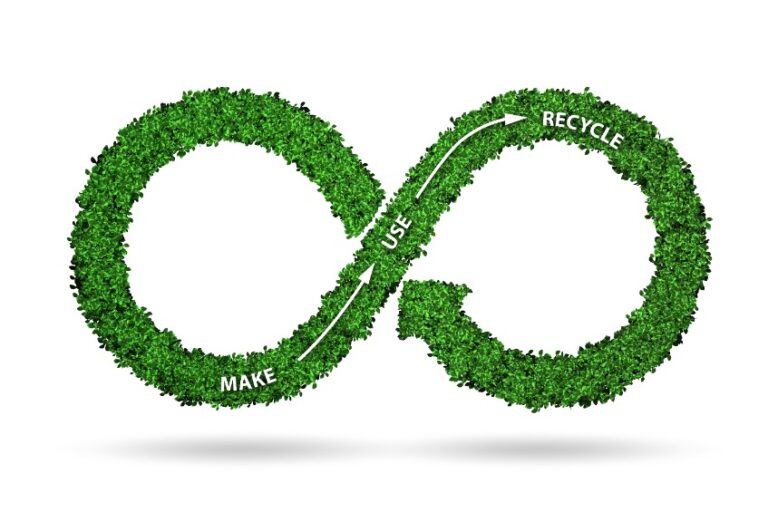In recent years, the fashion industry has been facing increasing scrutiny for its environmental impact, prompting a shift towards more sustainable practices. One of the key concepts gaining momentum is the circular economy, an approach that promotes recycling, reusing, and reducing waste. When applied to the world of clothing, the circular economy offers a promising solution to the industry's ecological challenges.
The Linear Fashion Model
Traditionally, the fashion industry has followed a linear model, commonly known as "take, make, dispose." This approach involves extracting raw materials, producing garments, and ultimately discarding them after use. Unfortunately, this linear system contributes to environmental degradation, excessive waste, and the depletion of finite resources.
The Circular Economy in Fashion
The circular economy in fashion seeks to break away from the linear model by creating a closed-loop system. This means designing, producing, and consuming clothing in a way that minimizes waste and maximizes the use of resources. Several key principles guide the circular fashion model:
1. **Design for Durability and Disassembly:** Circular fashion starts with the design phase. Creating durable and timeless pieces that can be easily disassembled facilitates repair, refurbishment, and recycling at the end of a garment's life.
2. **Material Innovation:** Embracing sustainable and recyclable materials is crucial for circular fashion. Innovations in fabric development, such as bio-based and recycled materials, contribute to reducing the industry's reliance on virgin resources.
3. **Extended Product Life:** Encouraging consumers to value and care for their clothing can significantly extend the life of garments. Quality craftsmanship and timeless designs can make clothing items more versatile and less prone to seasonal trends.
4. **Repair and Upcycling Services:** Offering repair services and promoting upcycling initiatives empower consumers to extend the life of their clothing. This approach not only reduces waste but also fosters a sense of connection between individuals and their garments.
5. **Recycling and Closed-Loop Systems:** Establishing effective recycling processes and closed-loop systems ensures that clothing at the end of its life can be transformed into new materials or products. This reduces the demand for new raw materials and minimizes environmental impact.
Benefits of Circular Fashion
1. **Environmental Conservation:** The circular fashion model significantly reduces the industry's carbon footprint, minimizes resource depletion, and helps protect ecosystems. By reusing materials and reducing waste, the environmental impact of clothing production is substantially lowered.
2. **Economic Opportunities:** Circular fashion presents economic opportunities for businesses involved in repairing, refurbishing, and recycling clothing. It fosters job creation in sectors focused on sustainable practices and encourages innovation in materials and processes.
3. **Consumer Empowerment:** Circular fashion encourages consumers to make more informed choices about their purchases. By supporting brands that prioritize sustainability and durability, consumers contribute to the positive transformation of the fashion industry.
Challenges and Future Outlook
While the concept of circular fashion is gaining traction, challenges remain. The transition requires a collective effort from designers, manufacturers, consumers, and policymakers. Additionally, addressing issues related to scalability, cost, and consumer behavior is crucial for widespread adoption.
In conclusion, embracing the circular economy in the fashion industry is a vital step towards creating a more sustainable and responsible future. By reimagining the way we produce, consume, and dispose of clothing, we can mitigate the environmental impact of the fashion industry and contribute to a healthier planet for generations to come. As consumers, businesses, and policymakers continue to collaborate, the circular fashion movement is poised to shape the industry's evolution towards a more sustainable and circular future.

